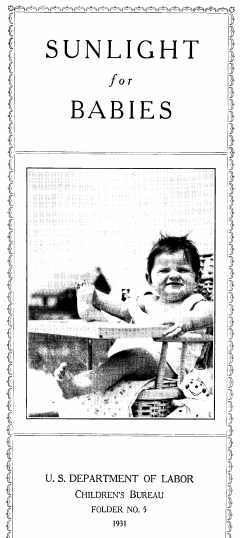Nepalese infants who sunbathe, etc. have much higher levels of vitamin D than their mothers
Low Prevalence of Vitamin D Insufficiency among Nepalese Infants Despite High Prevalence of Vitamin D Insufficiency among Their Mothers
Nutrients 2016, 8(12), 825; doi:10.3390/nu8120825 (registering DOI)
Johanne Haugen 1,2,* , Manjeswori Ulak 3, Ram K. Chandyo 3, Sigrun Henjum 4, Andrew L. Thorne-Lyman 5,6,7, Per Magne Ueland 8,9, Øivind Midtun 8,9, Prakash S. Shrestha 3 and Tor A. Strand 1,2,10
(This article belongs to the Special Issue Vitamin D: Current Issues and New Perspectives)
 Items in both categories Infant-Child and Noontime sun are listed here:
{category}
Items in both categories Infant-Child and Noontime sun are listed here:
{category}
📄 Download the PDF from VitaminDWiki
Background: Describing vitamin D status and its predictors in various populations is important in order to target public health measures.
Objectives: To describe the status and predictors of vitamin D status in healthy Nepalese mothers and infants. Methods: 500 randomly selected Nepalese mother and infant pairs were included in a cross-sectional study. Plasma 25(OH)D concentrations were measured by LC-MS/MS and multiple linear regression analyses were used to identify predictors of vitamin D status.
Results: Among the infants, the prevalence of vitamin D insufficiency (25(OH)D <50 nmol/L) and deficiency (<30 nmol/L) were 3.6% and 0.6%, respectively, in contrast to 59.8% and 14.0% among their mothers. Infant 25(OH)D concentrations were negatively associated with infant age and positively associated with maternal vitamin D status and body mass index (BMI), explaining 22% of the variability in 25(OH)D concentration. Global solar radiation, maternal age and BMI predicted maternal 25(OH)D concentration, explaining 9.7% of its variability.
Conclusion: Age and maternal vitamin D status are the main predictors of vitamin D status in infants in Bhaktapur, Nepal, who have adequate vitamin D status despite poor vitamin D status in their mothers.
From discussion section in PDF
“In some areas of Nepal there is a tradition of outdoor breastfeeding , with subsequent infant sun-exposure, and these habits have previously been thought to be associated with vitamin D status in Nepalese children [6]. Outdoor breastfeeding habits could be a possible explanation for the good vitamin D status in the infants. Additionally, the tradition in the Bhaktapur area of sunbathing the babies while massaging them in oil would also definitely contribute to the skin-synthesis of vitamin D3 in the infants. Sun-exposure was not precisely investigated , but differences in sun-exposure are a possible reason for vitamin D sufficiency among infants and insufficiency among the mothers.”
- Note by VitaminDWiki:Faster with with oiled skin' oil reduces reflectection/scattering and increased depth of penetration
